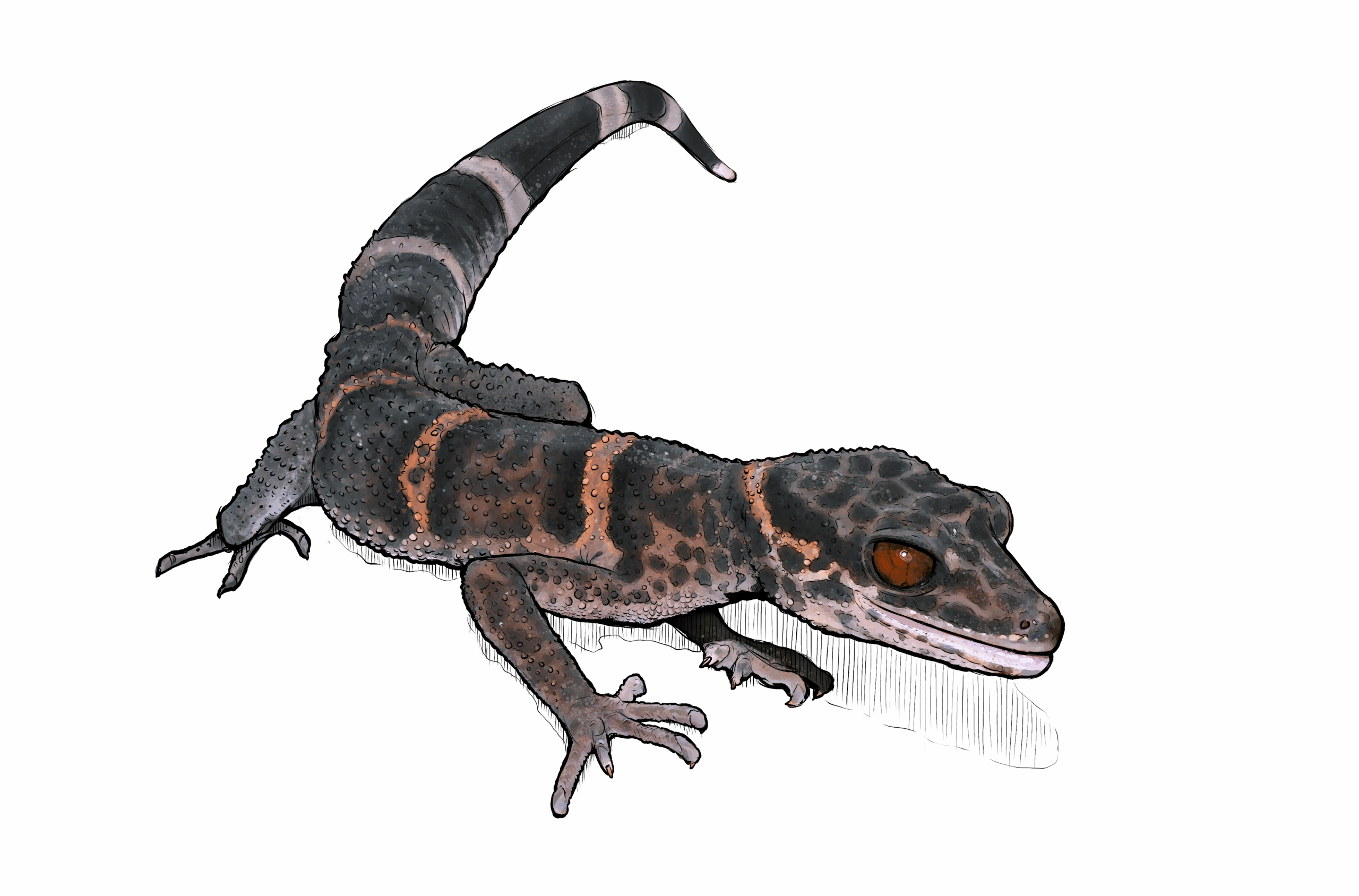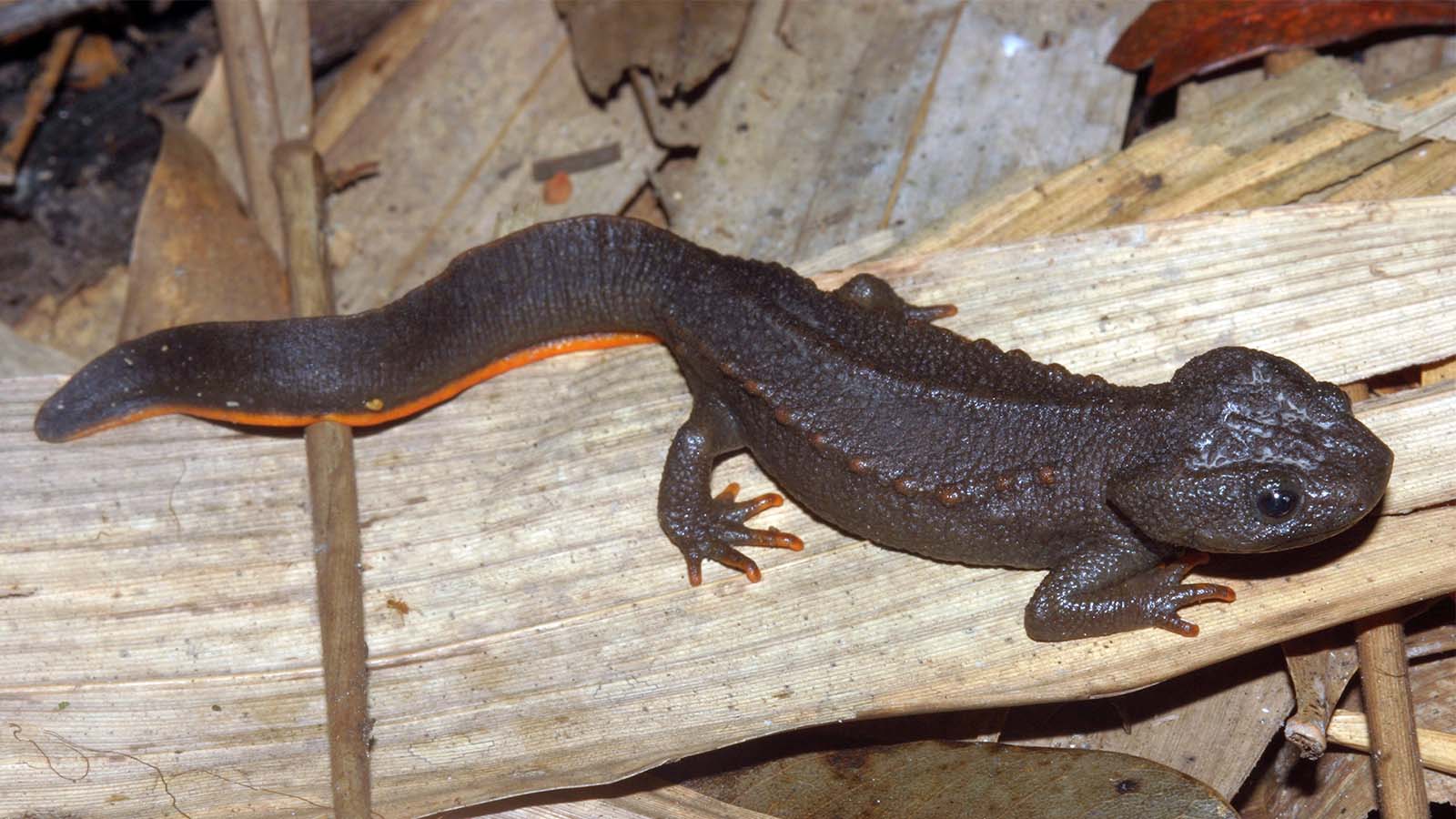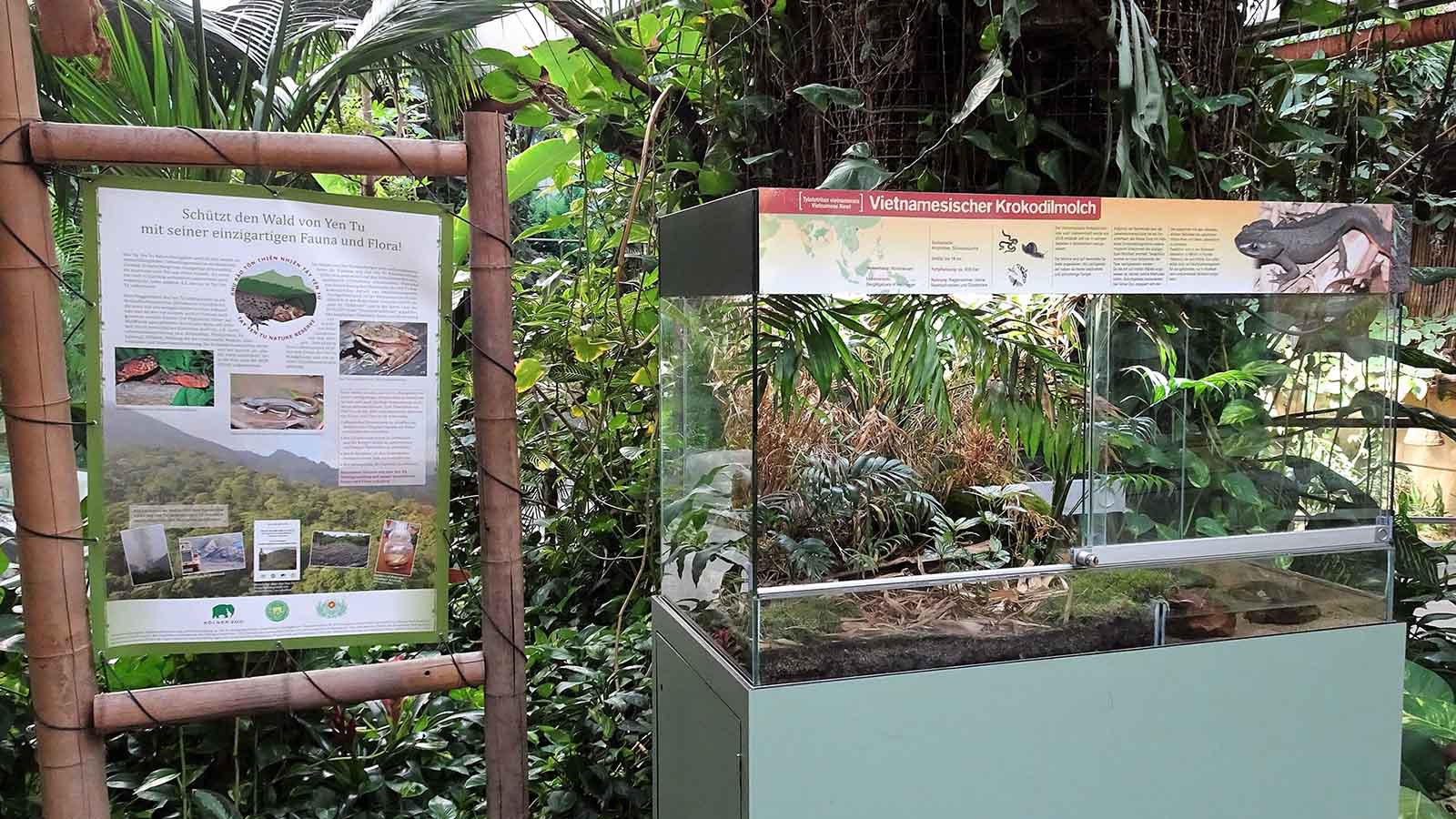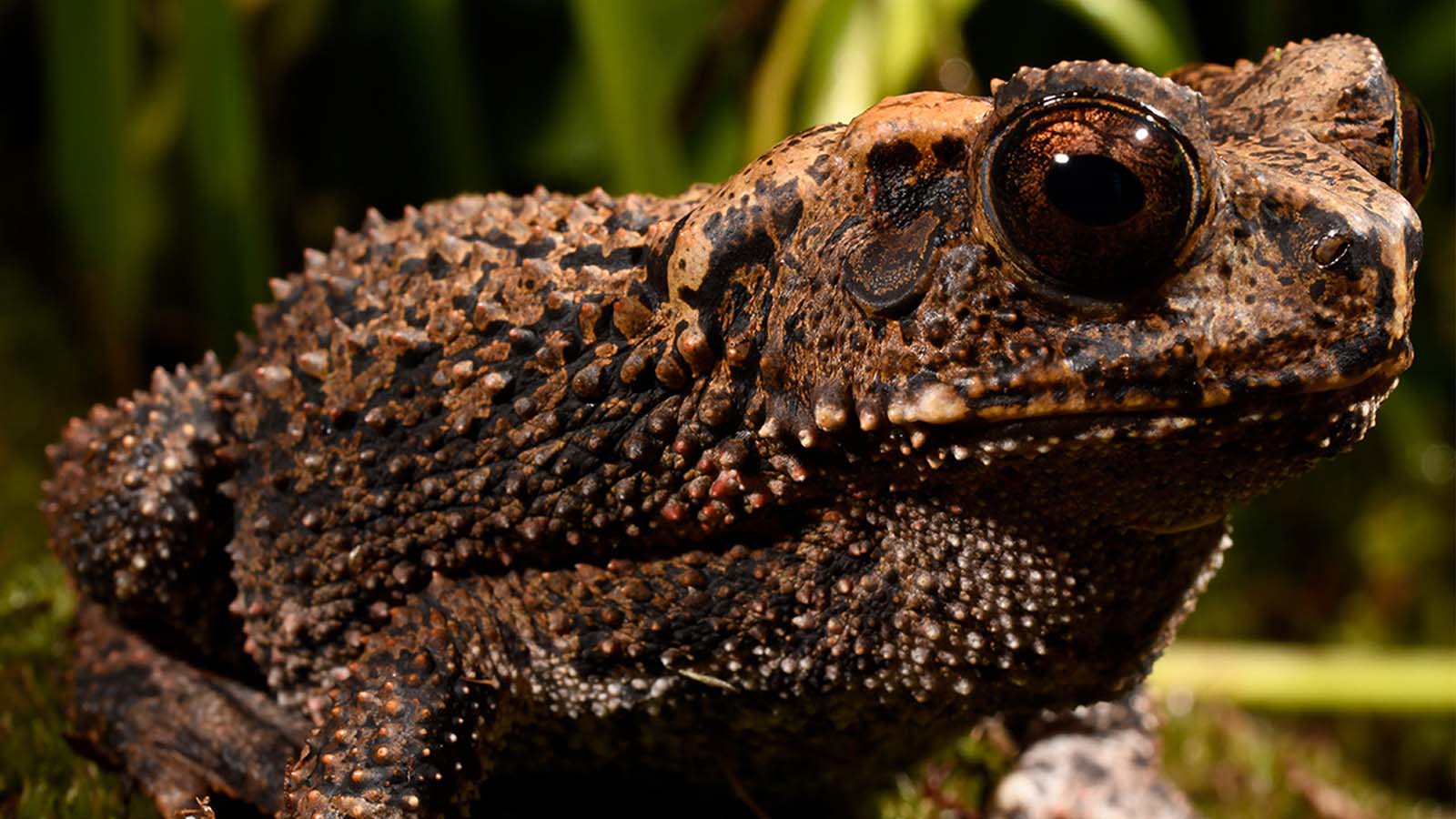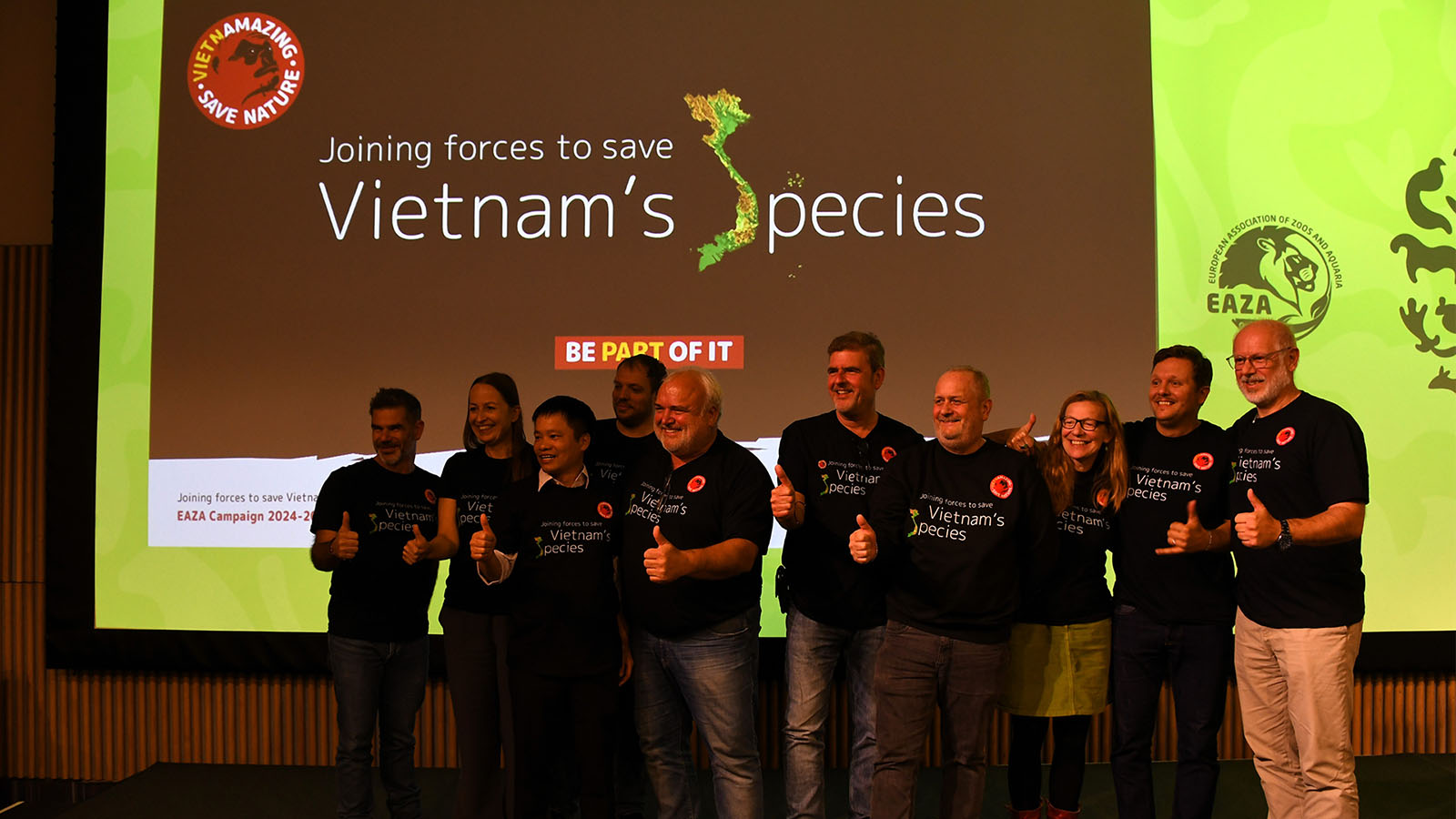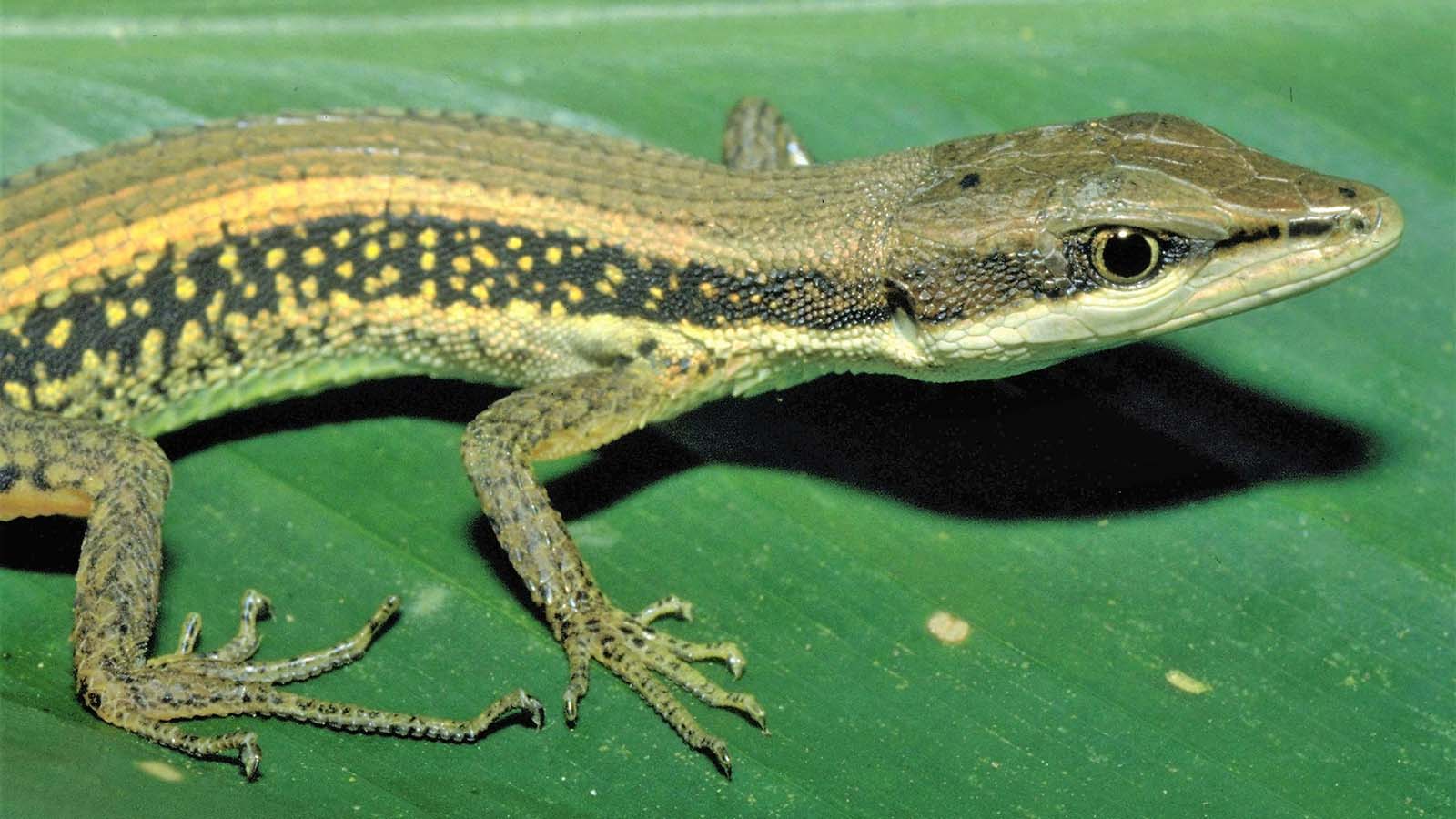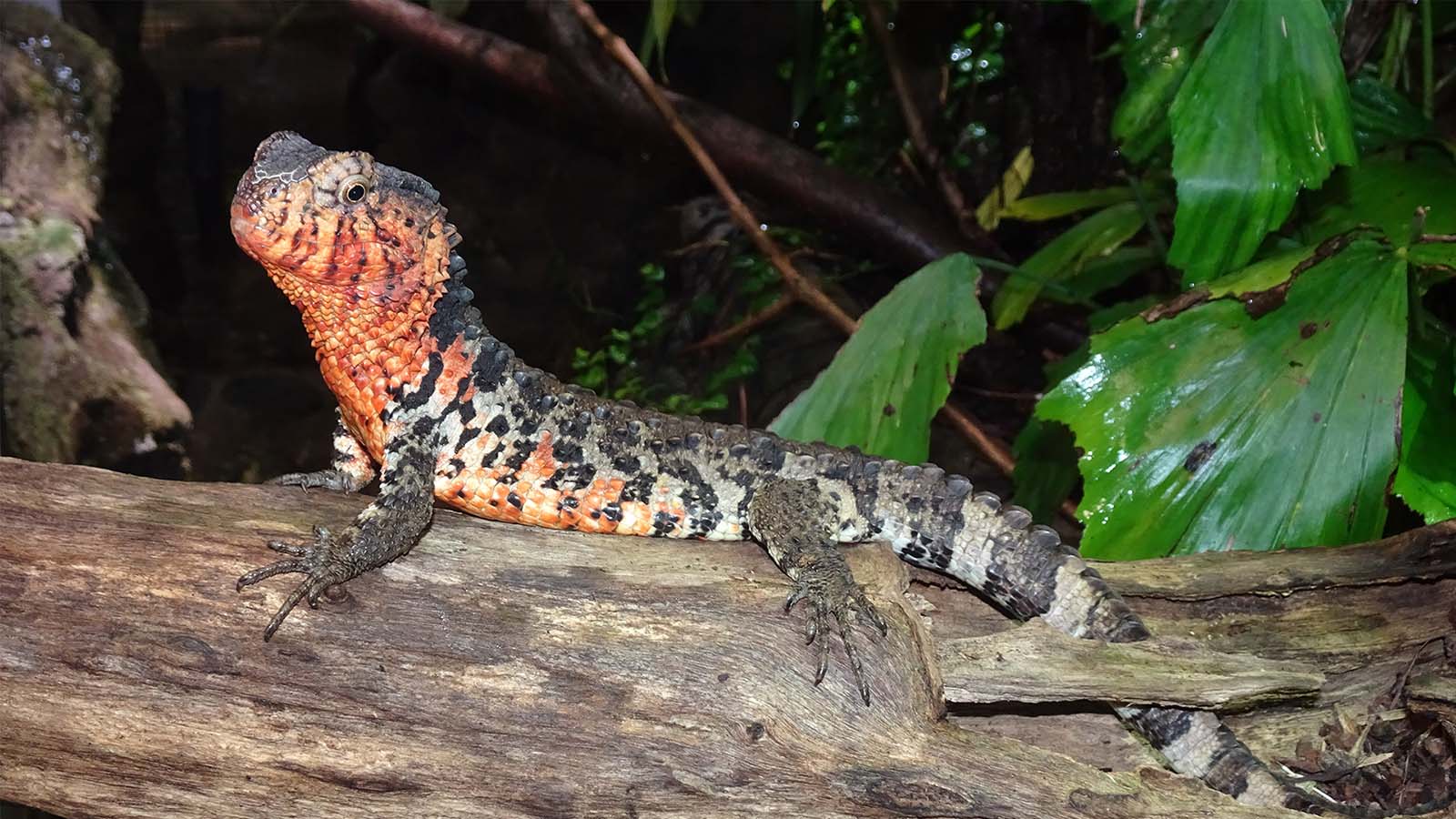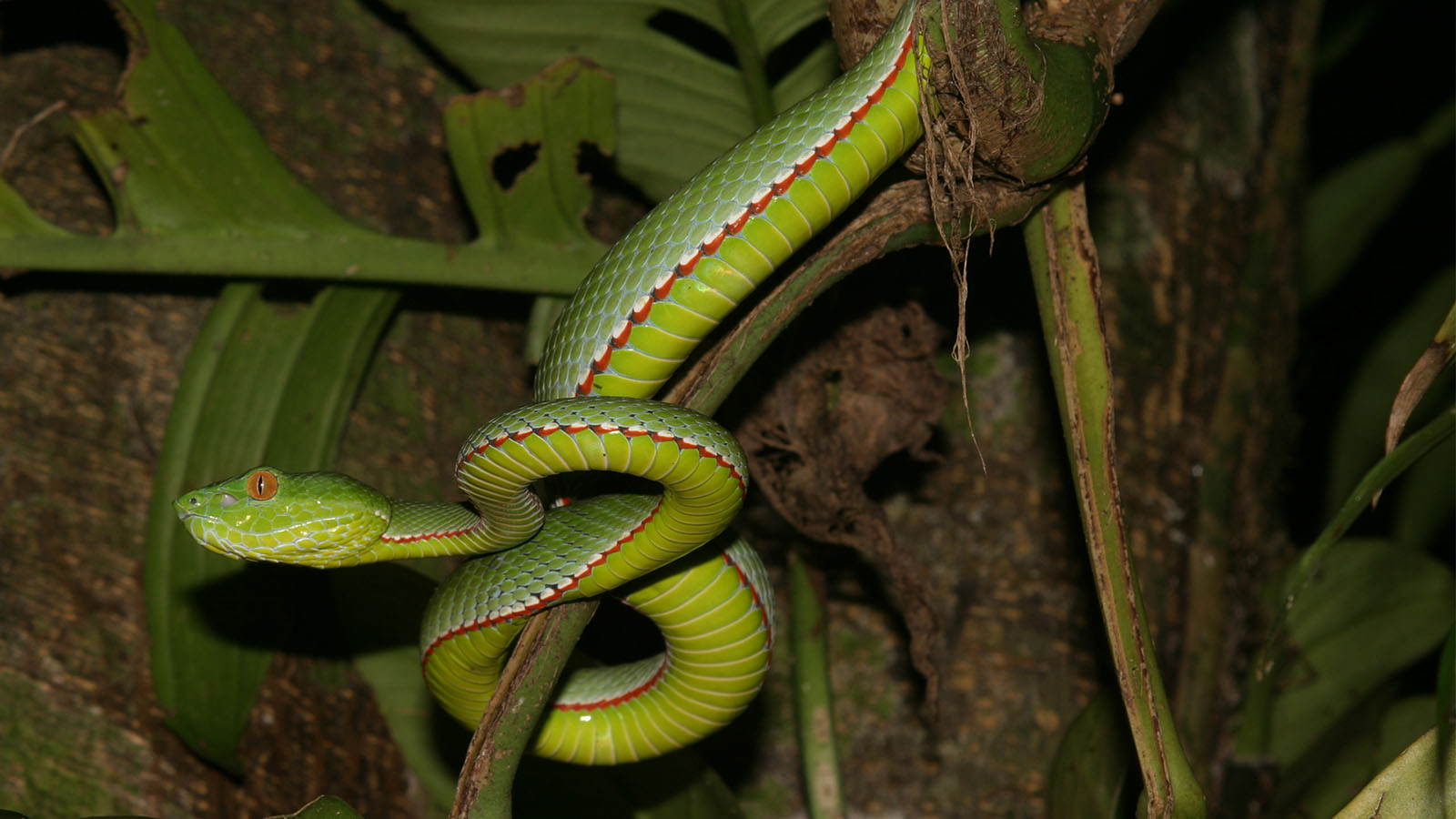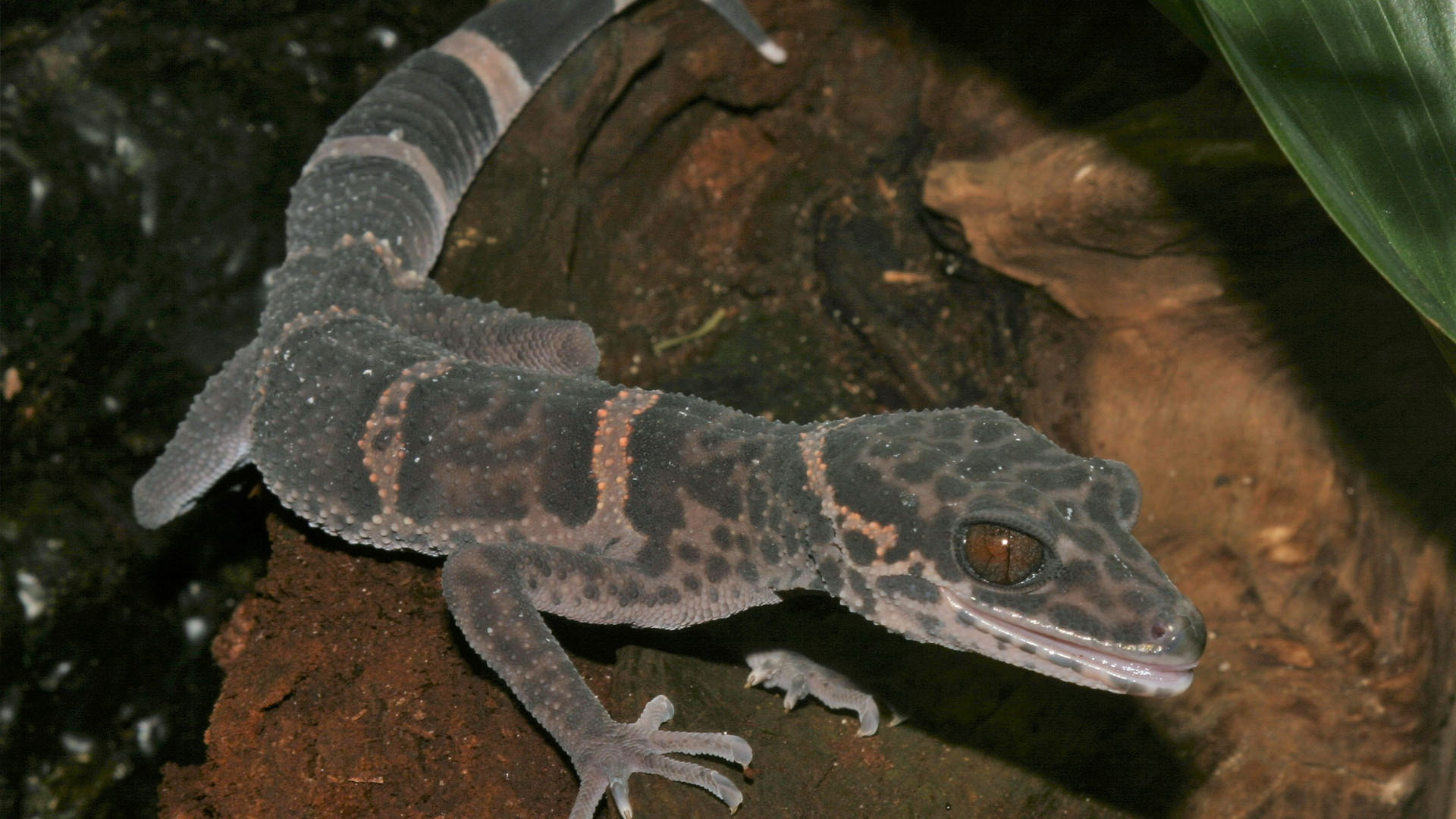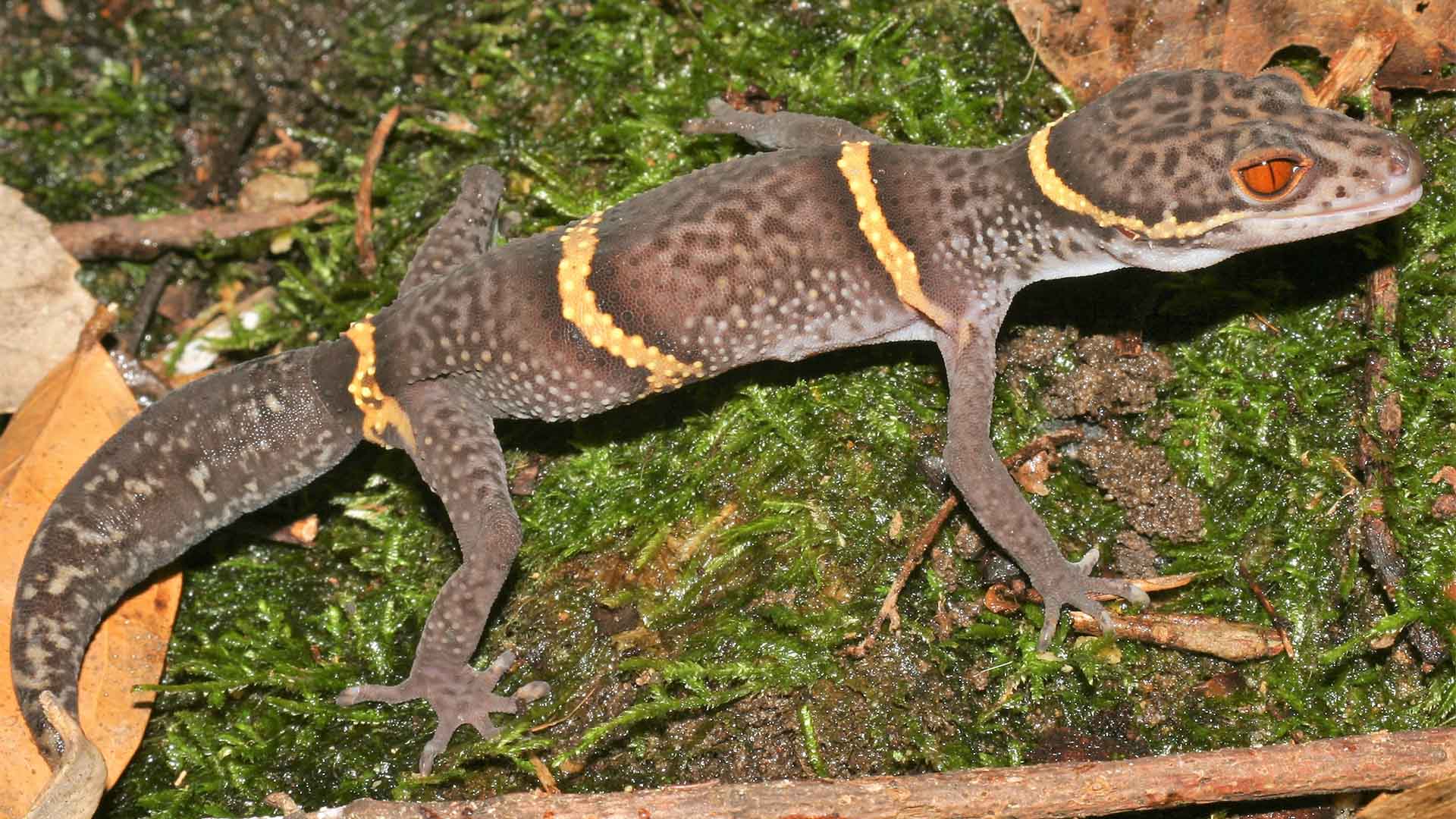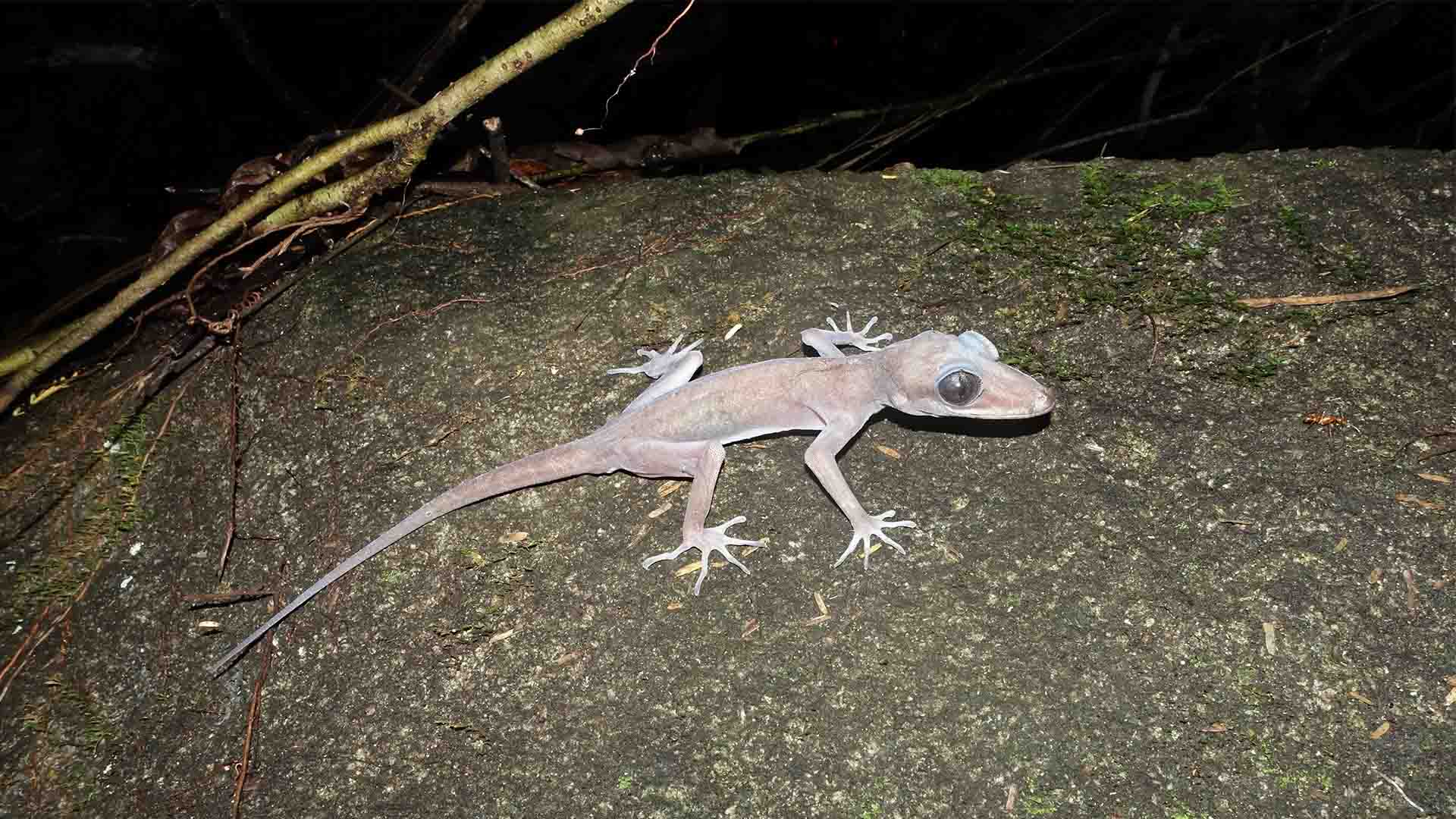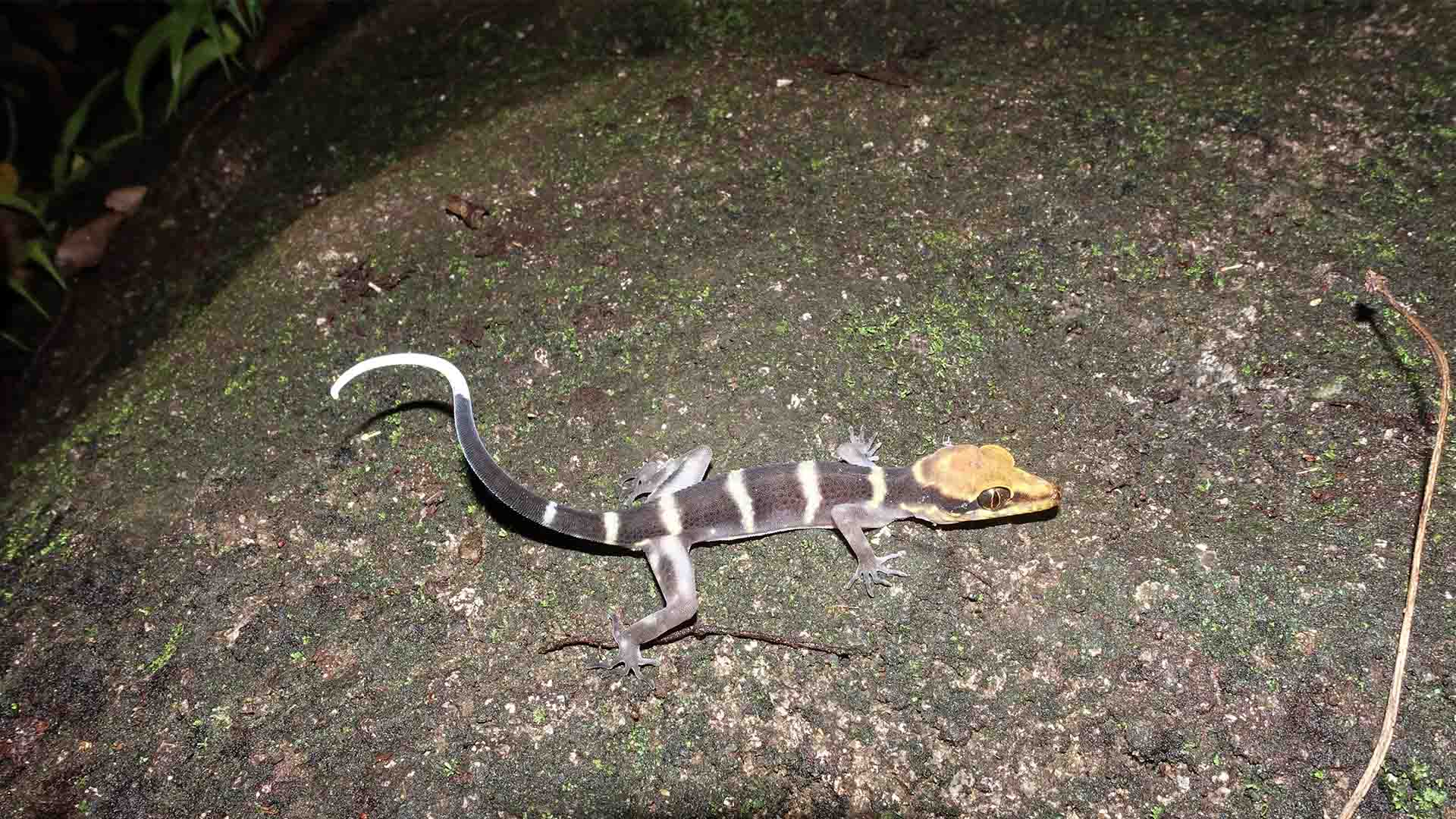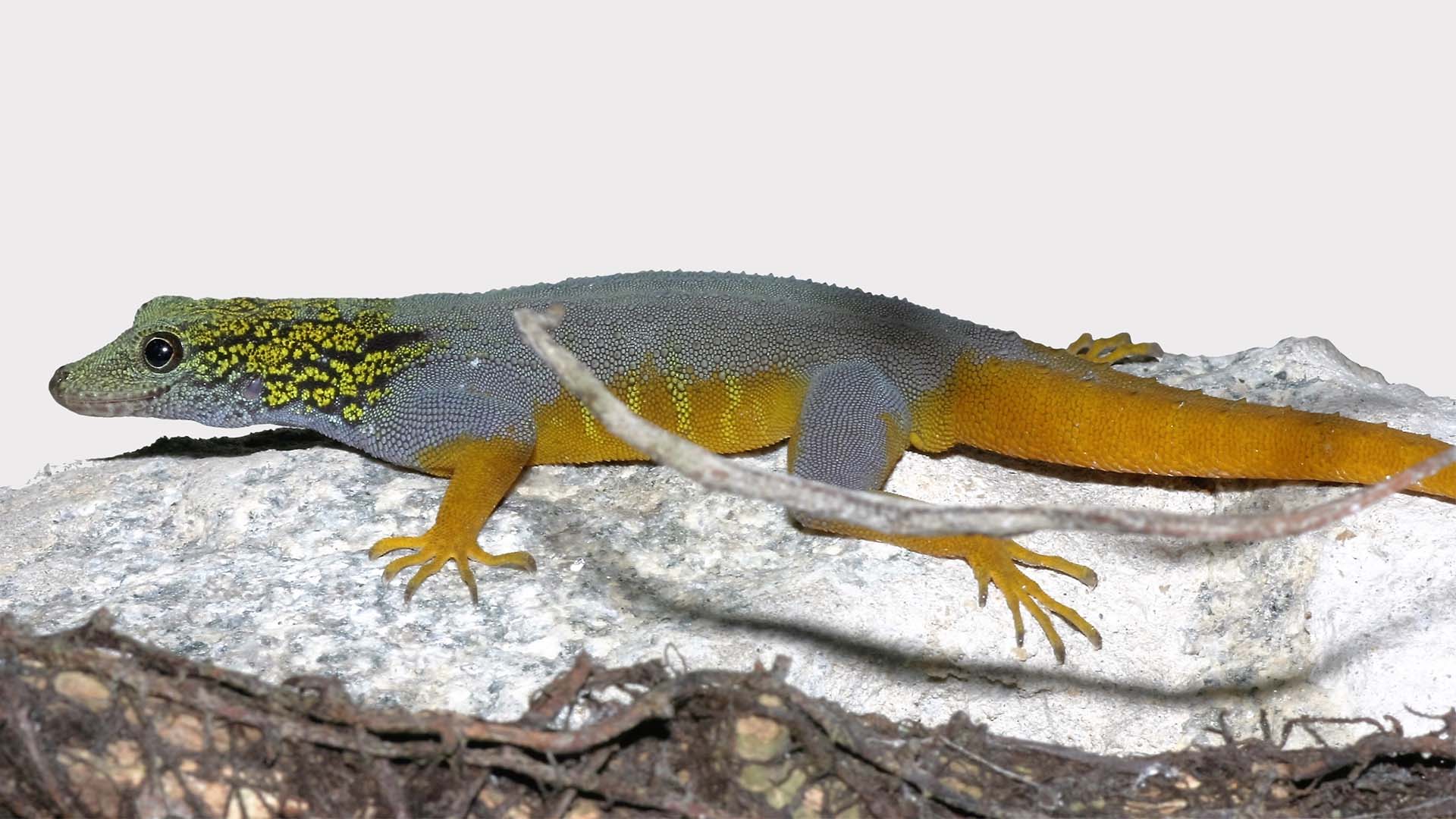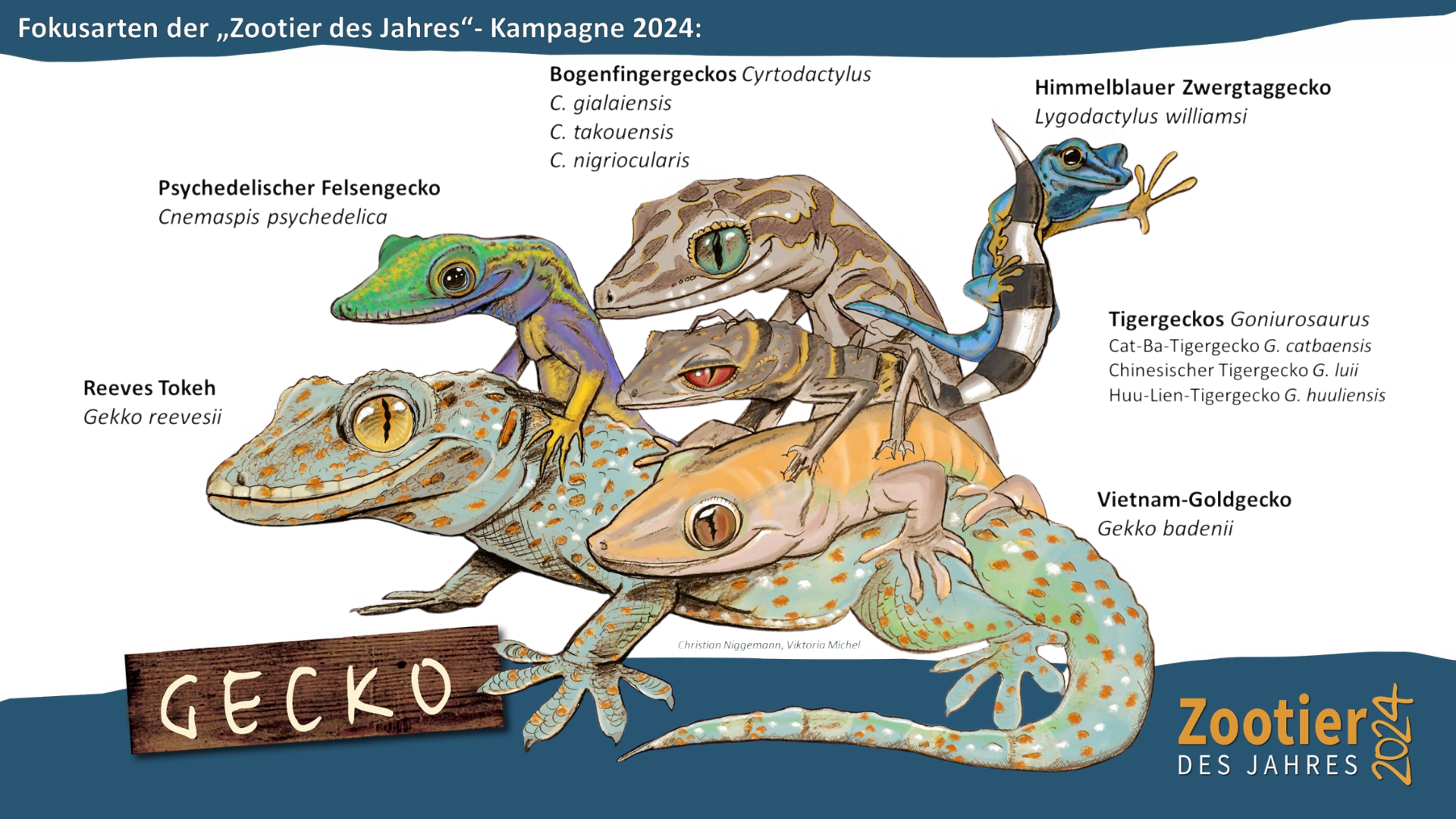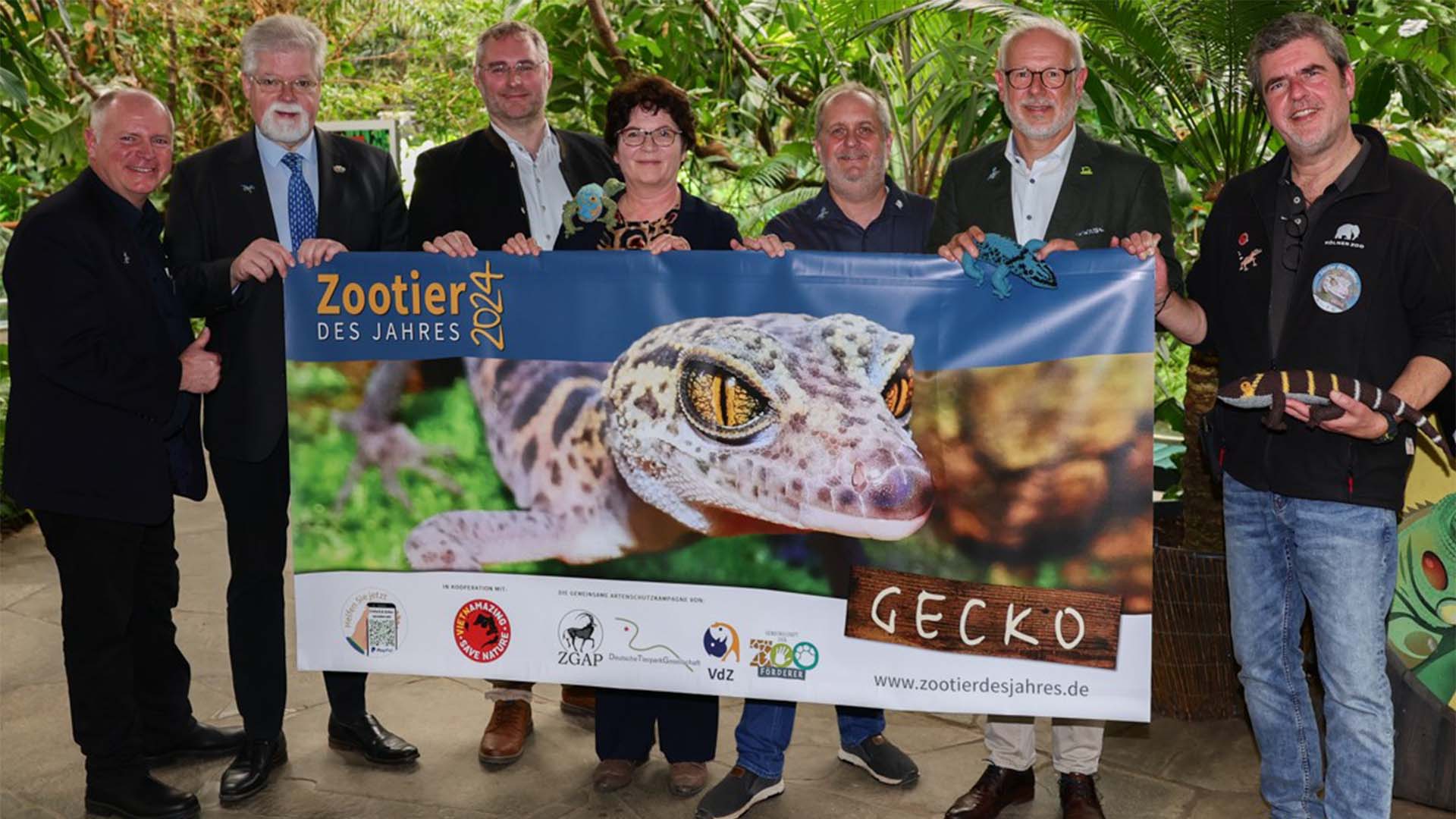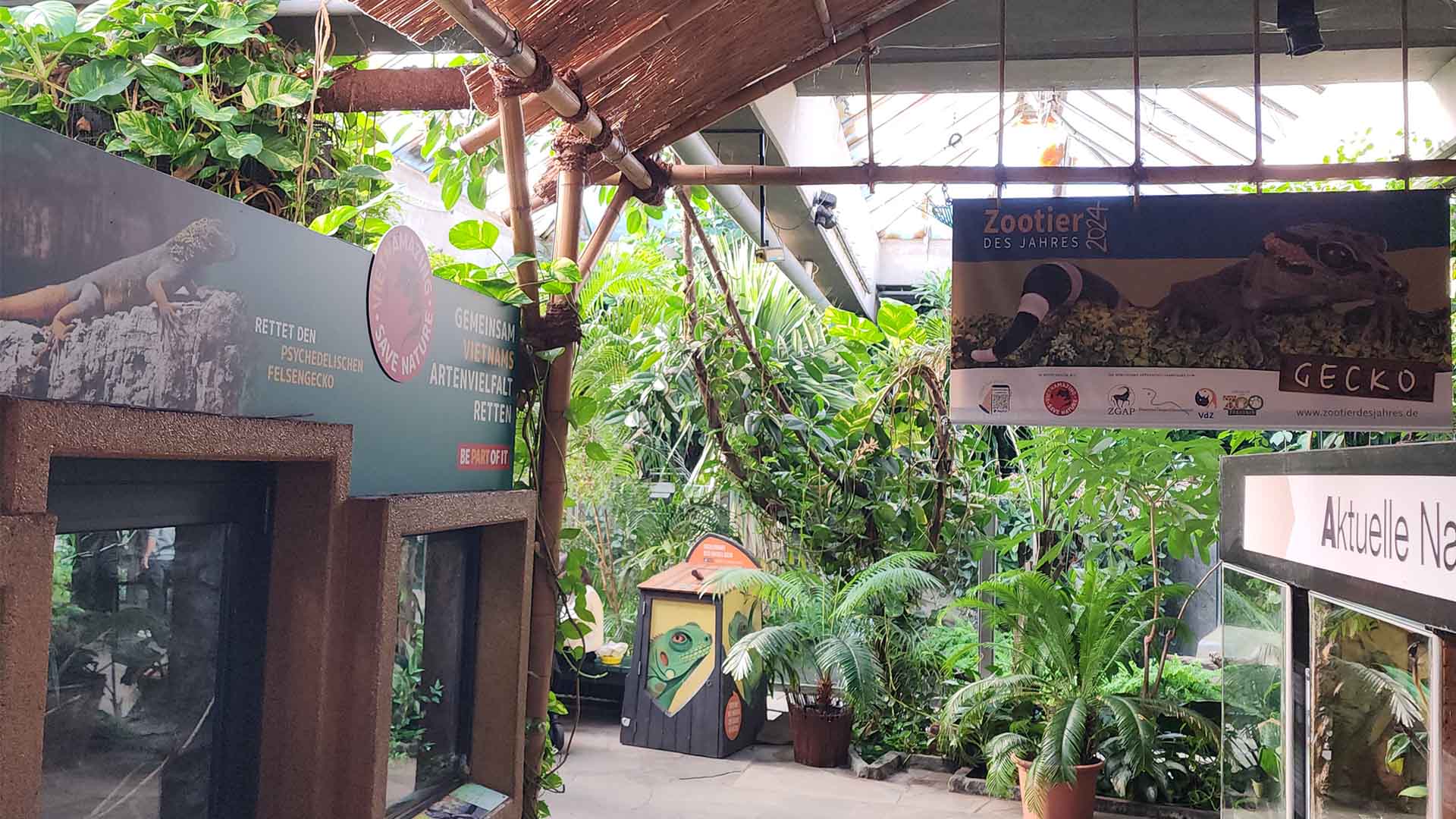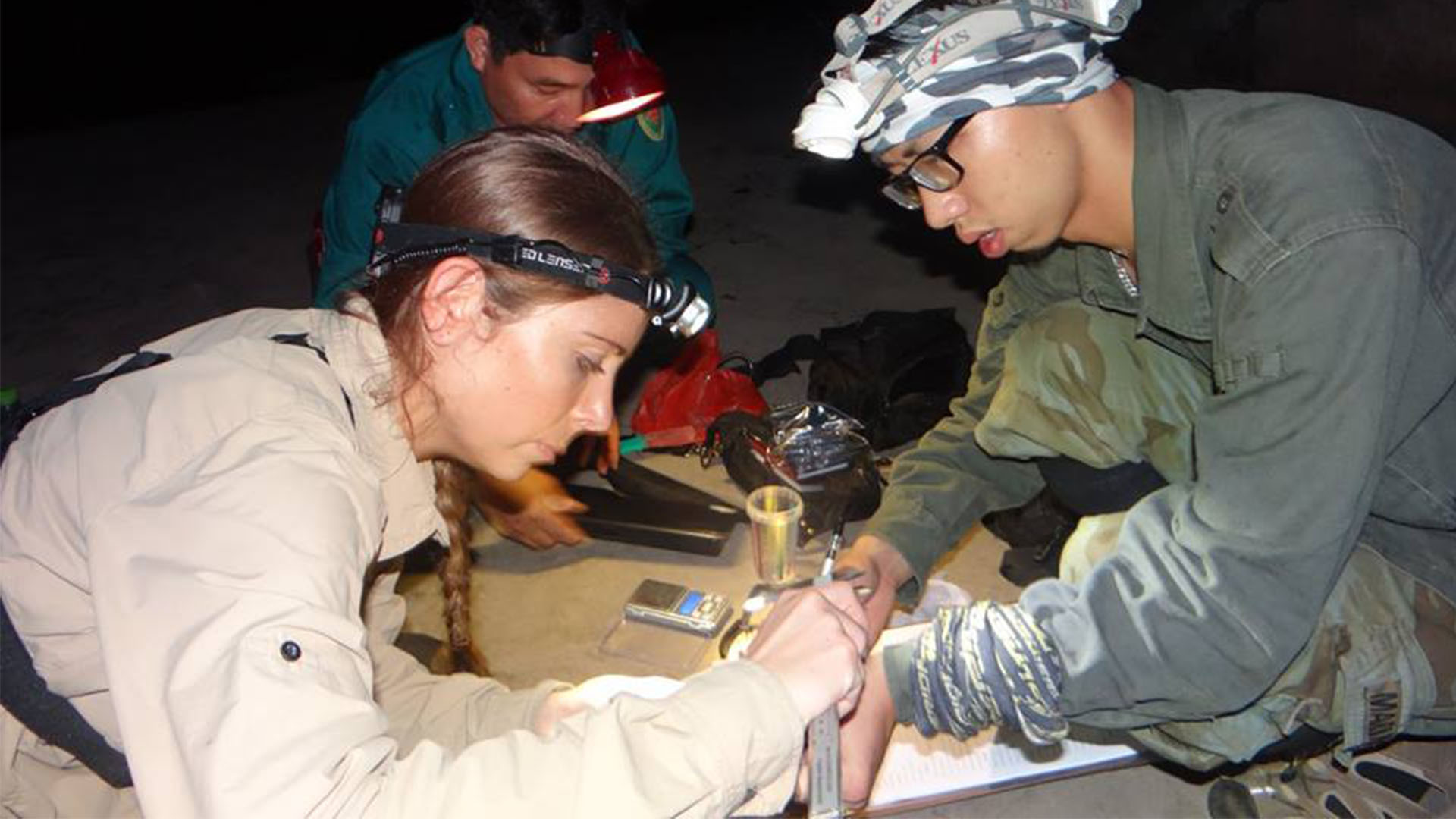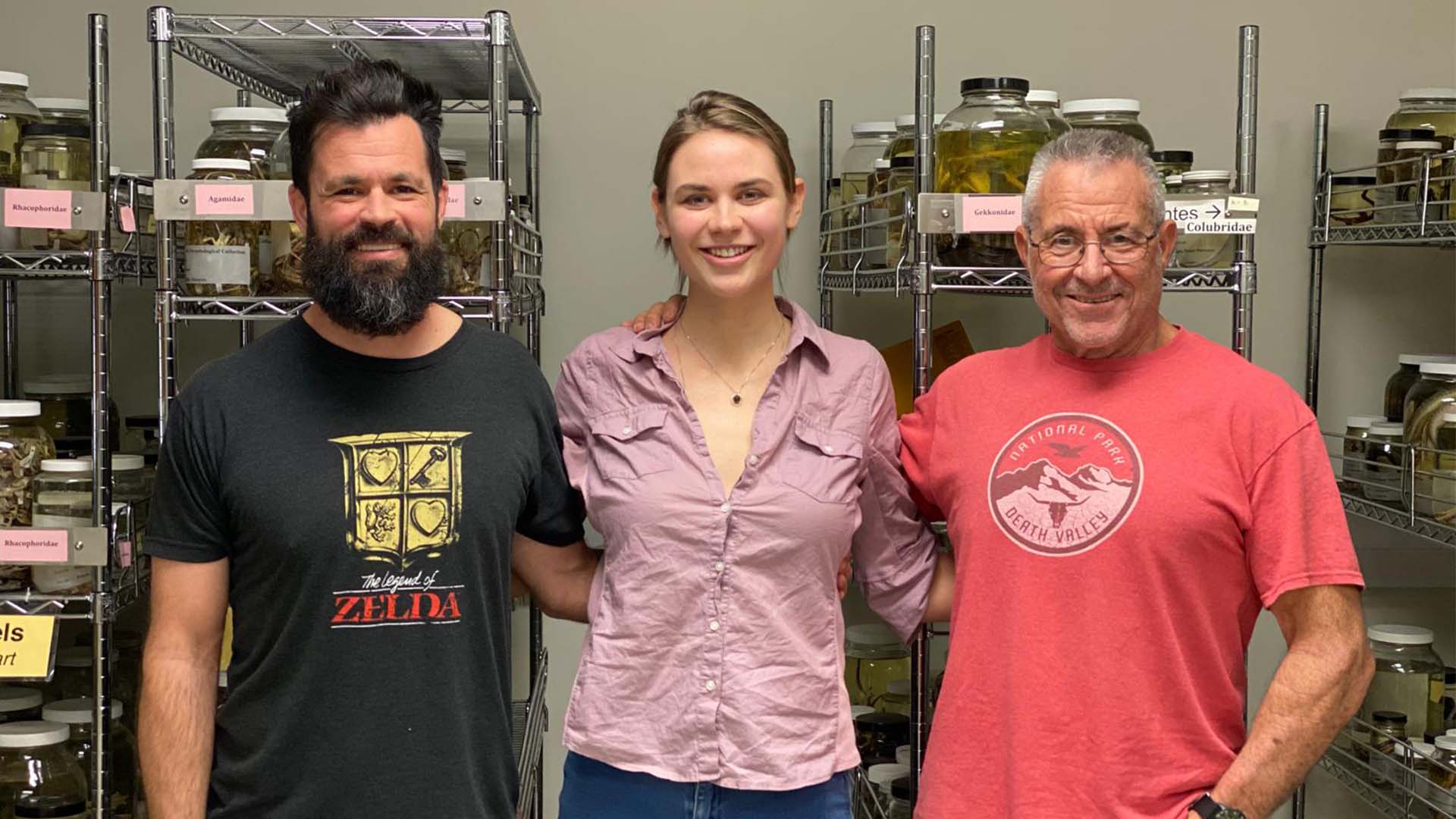Huu Lien Tiger Gecko
Goniurosaurus huuliensis
Huu Lien Tiger Gecko
Goniurosaurus huuliensis
CC goal
55 breeders
Status 11/2025
CC goal
110 animals
Status 11/2025
CC goal
55 breeders
Status 11/2025
CC goal
110 animals
Status 11/2025
It has long been realised that Vietnam, with its tropical forests and diverse biotopes, is a particularly species-rich country. However, intensive research in recent decades has revealed just how incredibly rich in species it is. More than 150 of Vietnam’s 500 or so reptile species are endemic to the country, meaning they are found nowhere else in the world. Many of them are only found in very small areas. A prime example of this are the tiger geckos: 27 species are known, 18 of which have only been discovered since the turn of the millennium. These include the Huu Lien Tiger Gecko, which was scientifically described in 2008 and is the largest species in its genus – although with a head-torso length of no more than 13.5 centimetres, it really isn’t a giant.
Vietnamazing
Gecko oddballs
Chinese tiger geckos are something of an outsider in the huge gecko family. They lack typical gecko characteristics such as the widened toes covered with adhesive lamellae, which most geckos can use to walk on glass panes without any problems. However, the tiger gecko has small claws on its toes, which give it grip on the forest floor and when climbing over karst rock and roots. While the eyelids of real geckos are fused together and transparent, forming what are known as spectacles, tiger geckos have eyelids that can be closed.
Endangered geckos of Vietnam
Close your eyes and go
However, you wouldn’t blame the Huu Lien Tiger Gecko if it actually closed its eyes to reality, because it doesn’t look good for it. The secretive, nocturnal habitat specialist lives exclusively in a very small area in the north-east of Vietnam in karst mountains surrounded by evergreen deciduous forest. Humans are encroaching further and further into its habitat with settlements, roads and farmland, thus destroying its livelihood, as well as through the extraction of raw materials for cement production. In addition, tiger geckos are being collected for the illegal trade. And climate change threatens to make the small distribution area uninhabitable for the geckos over the next 50 years, as modelling has shown – because the habitat specialists simply cannot escape if conditions develop to their disadvantage.
‘However, you couldn't blame the Huu Lien Tiger Gecko if it actually closed its eyes to reality.’
‘However, you couldn't blame the Huu Lien Tiger Gecko if it actually closed its eyes to reality.’
© Thomas Ziegler
Threatened with extinction
It will be no consolation, but the Huu Lien Tiger Gecko is not alone in its plight. Around 20% of the 430 Vietnamese reptile species whose status has even been investigated are endangered. 21 of them are in the highest endangerment category ‘threatened with extinction’, in which the Huu Lien Tiger Gecko is also listed. The same applies to three other gecko species. This is one of the reasons why the German-speaking zoo community has chosen ‘the gecko’ as ‘Zoo Animal of the Year 2024’, raising almost 200,000 euros in donations for the protection of these reptiles.
In the spotlight: Tiger geckos actually live in hiding and are only active in the dark, but danger makes it necessary to illuminate their situation, as here at the press event at Cologne Zoo. © D. Schneider
With zoos into the future
However, the biodiversity crisis that is becoming particularly apparent in Vietnam naturally applies not only to geckos, but to all species. The European Association of Zoos and Aquariums (EAZA) has therefore chosen the years 2024 and 2025 for a major awareness and support campaign under the motto ‘Vietnamazing’. This will promote conservation measures and research in the habitat and, at the same time, conservation breeding of particularly endangered species in human care. Citizen Conservation is involved in the so-called ex-situ measures and is establishing backup populations for four Vietnamese species – in addition to the Huu Lien Tiger Gecko, also for the Vietnamese Crocodile Newt, Ziegler’s Crocodile Newt and the Bony-headed Toad. Click here to visit the species pages. This means that private owners can also play an active role in saving these endangered species – as true citizen conservationists.
For breeders
Basic information on biology and breeding
Keep in pairs or in groups of one male and two females. Terrarium size from approx. 80 x 50 x 50 cm (length x width x height). Furnishings with cork tubes, branches, live plants. 24–26 °C during the day, temperatures above 28 °C should be avoided. Slight lowering at night. Spray regularly. In winter, lower the temperature to 18–20 °C during the day and 14–16 °C at night. Feed with insects and other invertebrates, always powder with a vitamin-mineral preparation.
